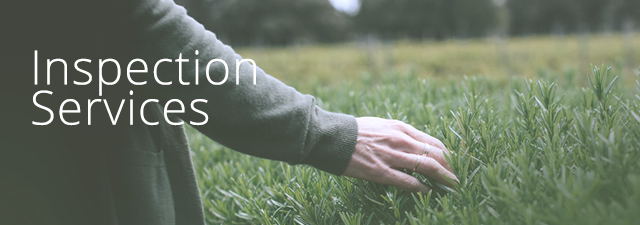Algoma Public Health
- Food Safety at Home
- Back
- Environment & Inspections >
- Food Safety >
- Food Safety at Home >
Food Safety at Home
Safe food handling at home starts with four basic pillars:
- clean: wash hands and surfaces often
- separate: don’t cross-contaminate
- cook: cook to proper temperature
- chill: refrigerate promptly
Learn more about the general principles of food safety by attending a food handler training and certification program near you.
Tiny germs like bacteria, viruses, and parasites can make you and your family sick if you eat them. They hide in food that's not stored or handled properly. You can't see, taste, or smell these germs.
You can protect yourself and your family by following four simple steps:
Washing your hands and surfaces is one of the best ways to stop the spread of food-borne illnesses. Use soap and water and wash for at least 20 seconds. Wash your hands before and after handling food, after using the bathroom, changing diapers, handling pets, and when you switch from one food item to another or from one task to another.
Make sure your countertops and utensils are clean and sanitized. Sanitizing kills bacteria and can prevent food-borne illnesses. You can make a sanitizing solution with household bleach easily:
- Mix 5 mL (1 tsp) of bleach with 750 mL (3 cups) of water in a labeled spray bottle.
- After cleaning with soap and water, spray the sanitizer solution on the surface/utensil and let it sit briefly.
- Rinse with clean water and let it air dry.
Consider using paper towels or disposable moist towelettes to clean kitchen surfaces. If you use cloth towels, wash them often in hot water in your washing machine.
Rinse fresh fruit and vegetables under running tap water, even those with skins or rinds that you don't eat. Rub firm-skin fruit and vegetables under running tap water or scrub them with a clean vegetable brush while rinsing with running tap water.
Germs can spread through cross-contamination. Keep raw meat and its juices away from ready-to-eat foods.
Avoid cross-contamination by using separate cutting boards. Use one for fresh produce and another for raw meats, poultry, and seafood.
Keep raw meat, poultry, seafood, and eggs separate from other foods when you're shopping and storing them. Never put cooked food on a plate that had raw meat, poultry, seafood, or eggs without washing and sanitizing it first.
Food is safe to eat when it's cooked enough to kill harmful bacteria. You can't always tell if food is safe by looking at it, smelling it, or tasting it. Use a metal stem probe thermometer to measure the safe internal temperature of cooked foods.
When reheating food in the microwave, make sure there are no cold spots where bacteria can survive. Cover food, stir, and rotate it for even cooking. If there's no turntable, rotate the dish by hand once or twice during cooking.
Bring sauces, soups, and gravy to a boil when reheating them. Heat other leftovers back to the temperature they were cooked at before eating them.
Keep food in the fridge because cold temperatures slow down the growth of harmful germs. Make sure the fridge is not too full to allow for proper air flow. Air needs to circulate in the fridge to keep food a safe temperature. Keeping a constant refrigerator temperature of 4°C (40°F) or colder is one of the best ways to reduce the risk of food-borne illnesses.
Refrigerate or freeze meat and other perishable foods as soon as you bring them home from the store. Don't leave raw meats, cooked foods, fresh cut fruit, or vegetables at room temperature for more than 2 hours before refrigerating or freezing them.
Never defrost food at room temperature. Food must be kept at a safe temperature during thawing. There are three safe ways to defrost food:
- In the refrigerator
- Under cold running water and then cooked immediately
- In the microwave and then cooked immediately
Always marinate foods in the refrigerator. Divide large amounts of leftovers into shallow containers for quicker cooling in the refrigerator. Use or discard refrigerated food regularly. Check the Cold Storage Chart for the best storage times.
*For more information on the four core practices of food safety check out fighbac.org










